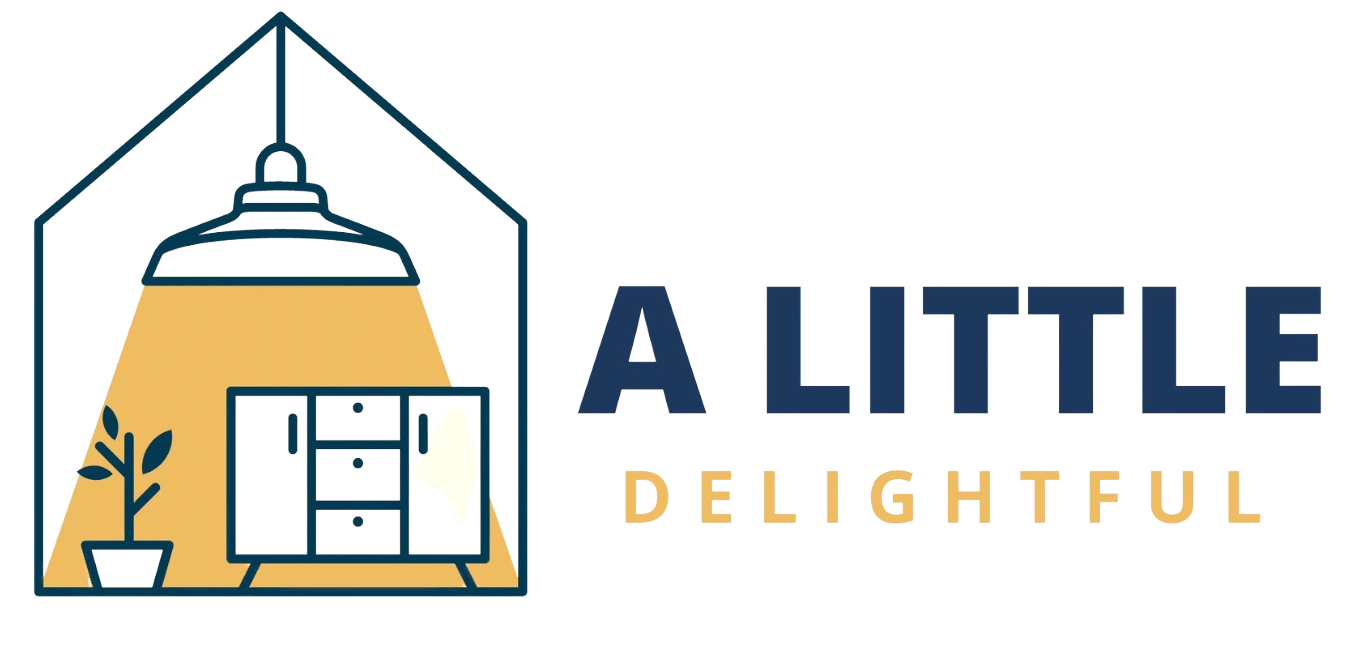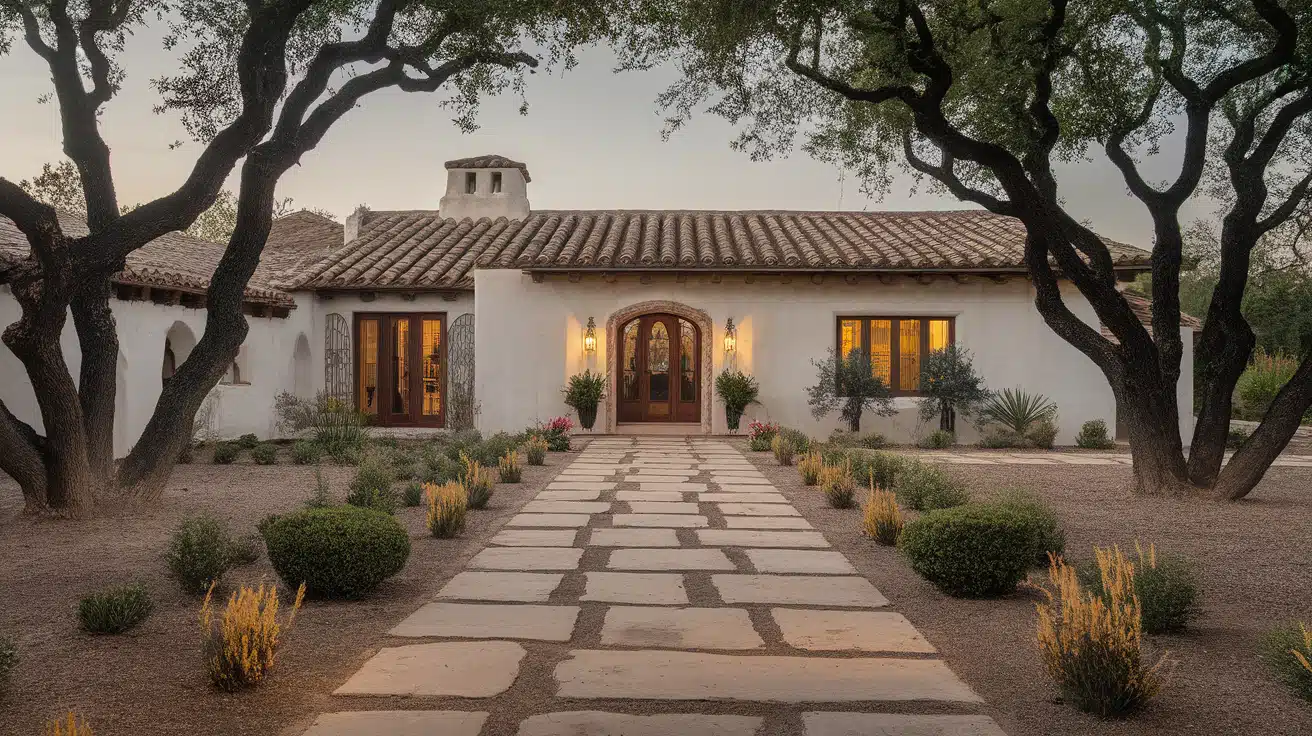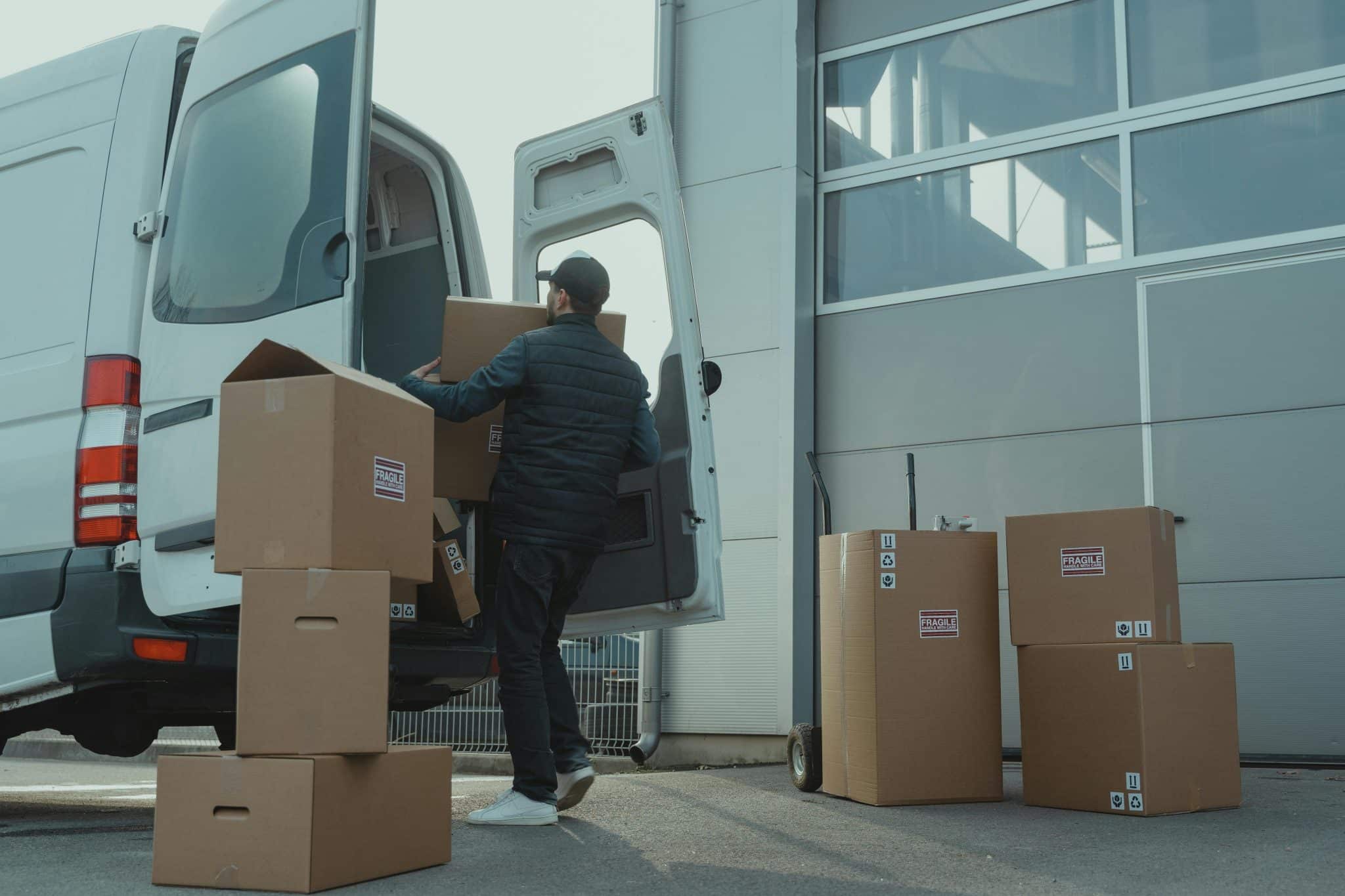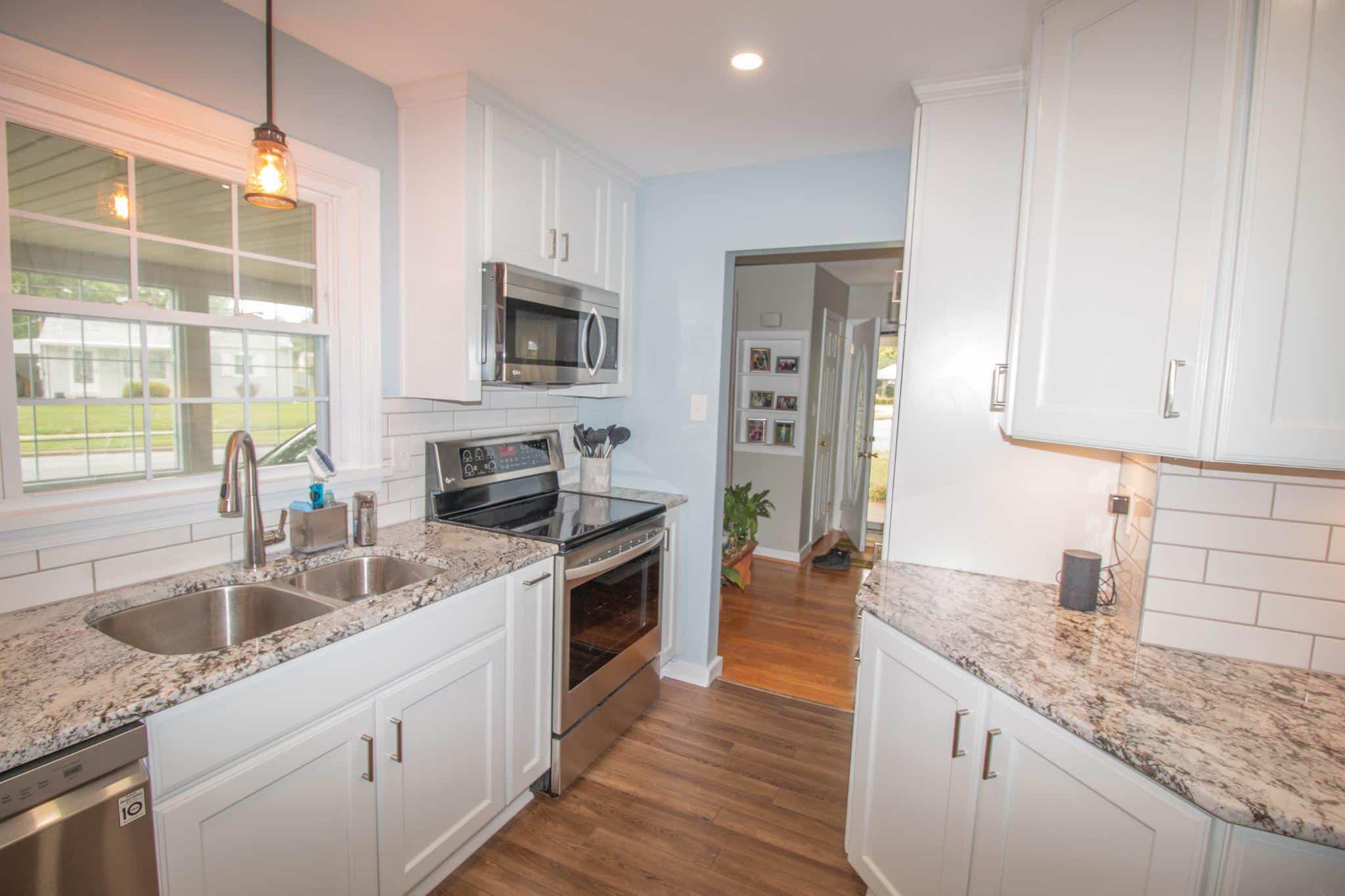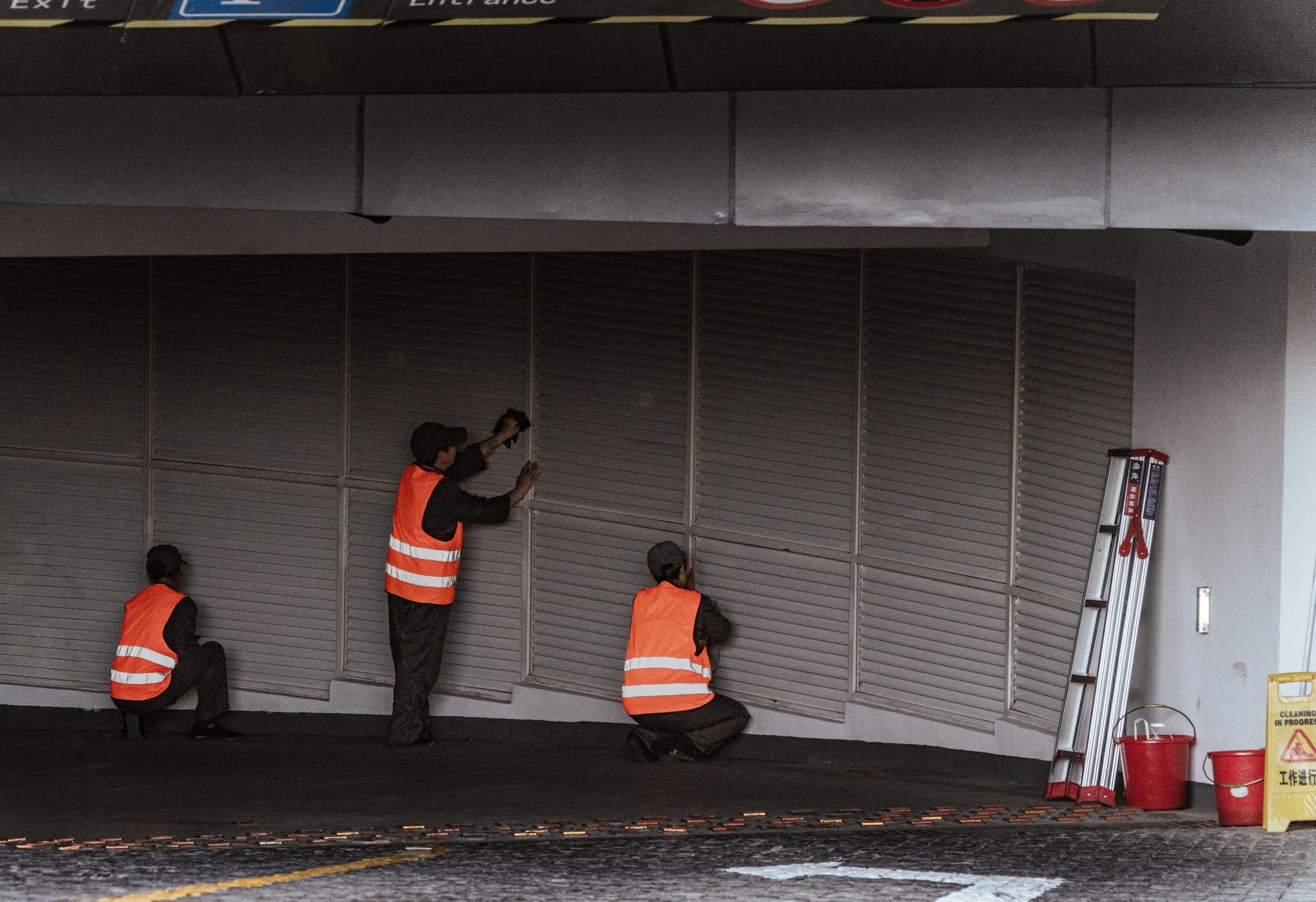Hacienda homes have a special magic that draws people in. Their thick walls, red tile roofs, and iron details create something timeless and beautiful.
But what makes these homes so appealing? From clay bricks that keep rooms comfortable to handcrafted iron that adds character, every piece has a purpose.
These aren’t just pretty houses; they’re smart buildings designed for hot climates. When you seesmall Hacienda-style homes, you’re looking at centuries-old building wisdom wrapped in natural materials that age beautifully.
This guide breaks down each material that makes Hacienda houses special, from traditional adobe walls to modern adaptations.
You’ll understand why these materials work so well together and how they create homes that last for generations.
What Makes Hacienda Homes So Special?
Hacienda homes capture hearts with their thick adobe walls, red clay roofs, open courtyards, and graceful arches. These homes aren’t just pretty to look at.
They’re built smart for hot, sunny weather while still feeling refined and welcoming. The real magic happens in the materials themselves.
Clay bricks, handmade iron details, and natural stone work together to create homes that last for generations. Each material tells a story of Spanish tradition mixed with practical building sense.
Key Materials That Define Hacienda Houses
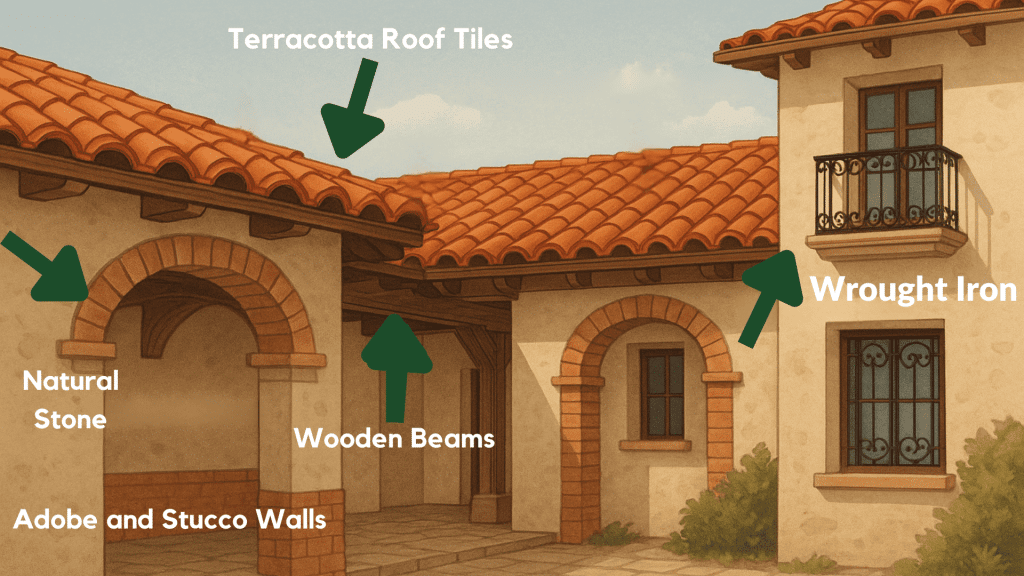
The charm of Hacienda architecture comes from its signature materials, from earthy walls to handcrafted details, each playing a vital role in both structure and style.
1. Adobe and Stucco Walls
Traditional Hacienda walls use adobe bricks made from clay, sand, water, and plant fibers. These thick walls work like natural air conditioning.
They keep homes cool during hot weather and warm during chilly nights. Today’s builders often use stucco over concrete or brick instead.
This gives the same rustic look but lasts longer. Textured stucco finishes help maintain that authentic, handmade feel.
|
Material Spotlight: Adobe Walls
|
2. Terracotta Roof Tiles
The red clay roof tiles are what most people notice first about Hacienda homes. These curved tiles do more than look good. They handle harsh weather like heavy rain and strong winds.
The clay material keeps heat from getting into the house. Plus, they can last 50 years or more with very little care needed.
|
Material Spotlight: Terracotta Tiles
|
3. Exposed Wooden Beams and Accents
Wooden beams in Hacienda homes serve two jobs – holding up the roof and looking beautiful. Cedar, pine, and oak are the most common woods used.
These beams show the Spanish colonial style that makes these homes special. Many builders now use reclaimed wood to be more earth-friendly while keeping the authentic look.
|
Material Spotlight: Wood Beams
|
4. Natural Stone and Brickwork
Stone and brick create the foundation of Hacienda style in walkways, arches, fireplaces, and courtyards. These materials require minimal upkeep after installation.
They give homes that solid, earthy feeling that connects to the landscape. Stone and brick work well with both old-style and modern home designs.
|
Material Spotlight: Stone & Brick
|
5. Wrought Ironwork
Wrought iron appears in gates, railings, and window grilles throughout Hacienda homes. This handcrafted metalwork serves a dual purpose; it not only looks pretty but also keeps homes secure.
Each piece reflects old-world craftsmanship passed down through generations. The dark iron creates a beautiful contrast against light stucco walls and warm stone.
|
Material Spotlight: Wrought Iron
|
Cost Considerations of Hacienda Materials
Building or renovating a Hacienda-style home isn’t just about designing; the materials chosen directly affect the cost to build a Hacienda-style home, from adobe and terracotta to modern stucco, each option carrying its own price and maintenance considerations.
| Material | Approx. Cost Range | Labor Requirement | Maintenance Needs |
|---|---|---|---|
| Adobe Bricks | Low–Medium | Specialized labor for mixing & laying | Medium – sealing required |
| Stucco (Modern) | Medium | Commonly available labor | Low – durable if sealed |
| Terracotta Roof Tiles | Medium–High | Skilled roof installation | Low – long lifespan |
| Natural Stone | Medium–High | Skilled masonry work | Low – highly durable |
| Reinforced Concrete | Medium | Widely available labor | Very Low – minimal upkeep |
| Wooden Beams | Medium–High | Skilled carpentry | Medium – pest & moisture care |
| Wrought Ironwork | Medium | Artisan craftsmanship | Medium – rust prevention |
Modern Adaptations in Hacienda Materials
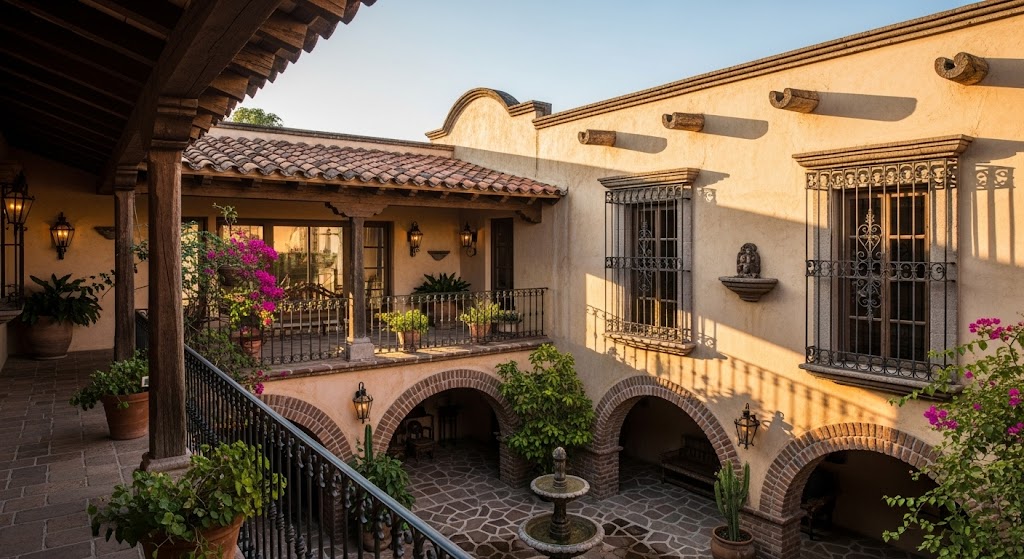
Today’s builders blend old-world charm with new technology to create better Hacienda homes. Reinforced concrete replaces adobe bricks for stronger walls that won’t crack over time.
Energy-efficient clay tiles now come with special coatings that reflect heat and lower cooling costs. Builders also choose sustainable wood and recycled stone to help the environment.
These smart updates let homeowners get that classic Hacienda look while meeting modern building codes and energy standards.
Modern Material Updates:
- Reinforced Concrete: Stronger than adobe, prevents cracking
- Reflective Clay Tiles: Reduce heat absorption by up to 30%
- Sustainable Wood: FSC-certified lumber from responsibly managed forests
- Recycled Stone: Reclaimed materials reduce waste and costs
- Improved Stucco: Synthetic blends resist weather damage better
Wrapping It Up
Hacienda houses prove that the right materials make all the difference.
Adobe walls, terracotta roofs, wooden beams, natural stone, and wrought iron work together to create homes that are both beautiful and practical.
These materials not only look good but also handle tough weather, save energy, and improve with age.
Modern updates like reinforced concrete and energy-efficient tiles help these classic homes meet today’s needs. Each material choice reflects centuries of smart building practices that still work today.
Ready to bring Hacienda style to your own space? Start by choosing one key material, maybe textured stucco walls or exposed wooden beams.
What Hacienda material speaks to you most? Share your thoughts in the comments below, and let’s discuss your next home project.
